A Spiritual Journey: Exploring the Top Buddhist Monasteries in India.
Buddhism is an important religion that originated in India and has spread to many countries worldwide. There are many iconic Buddhist monasteries in India that attract visitors from around the world. In this article, we will highlight the top 8 Buddhist monasteries in India that you should visit.
Rumtek Monastery, Sikkim

Rumtek Monastery is the largest monastery in Sikkim and is known for its beautiful architecture and religious significance. The monastery houses some of the most precious religious artifacts of Buddhism and offers stunning views of the surrounding mountains.
Hemis Monastery, Ladakh

Hemis Monastery is the largest and wealthiest monastery in Ladakh and is famous for its annual Hemis Festival. The festival is held every year to commemorate the birth of Guru Padmasambhava, the founder of Tantric Buddhism.
Dhankar Monastery, Himachal Pradesh
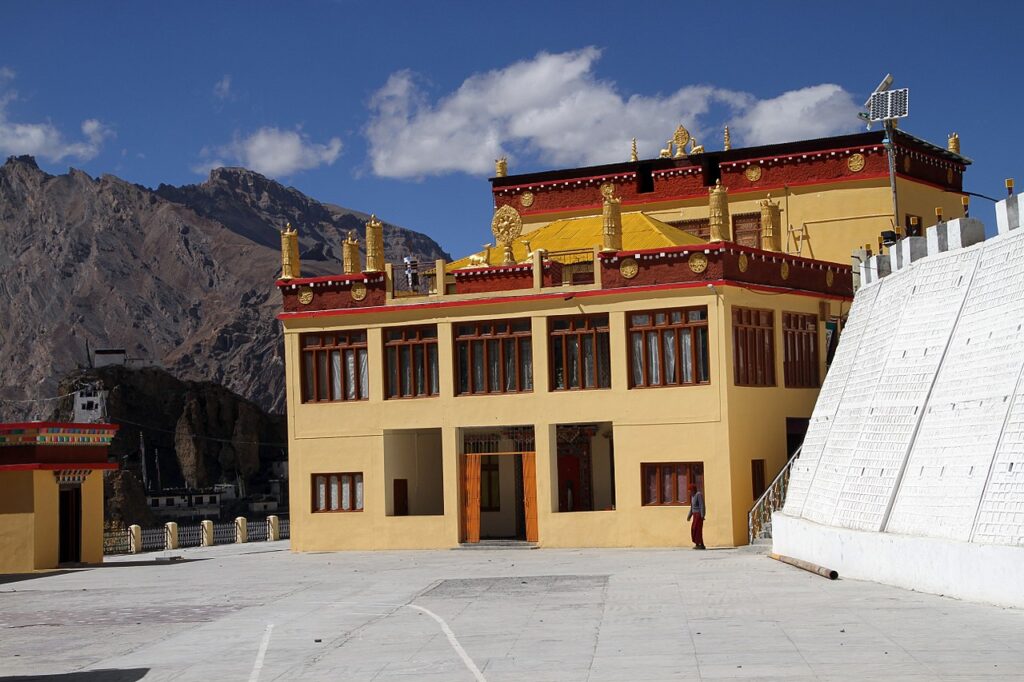
Dhankar Monastery is located in the Spiti Valley of Himachal Pradesh and is perched on top of a hill overlooking the Spiti River. The monastery is known for its stunning murals and thangkas and is a must-visit for anyone interested in Buddhist art.
Tawang Monastery, Arunachal Pradesh
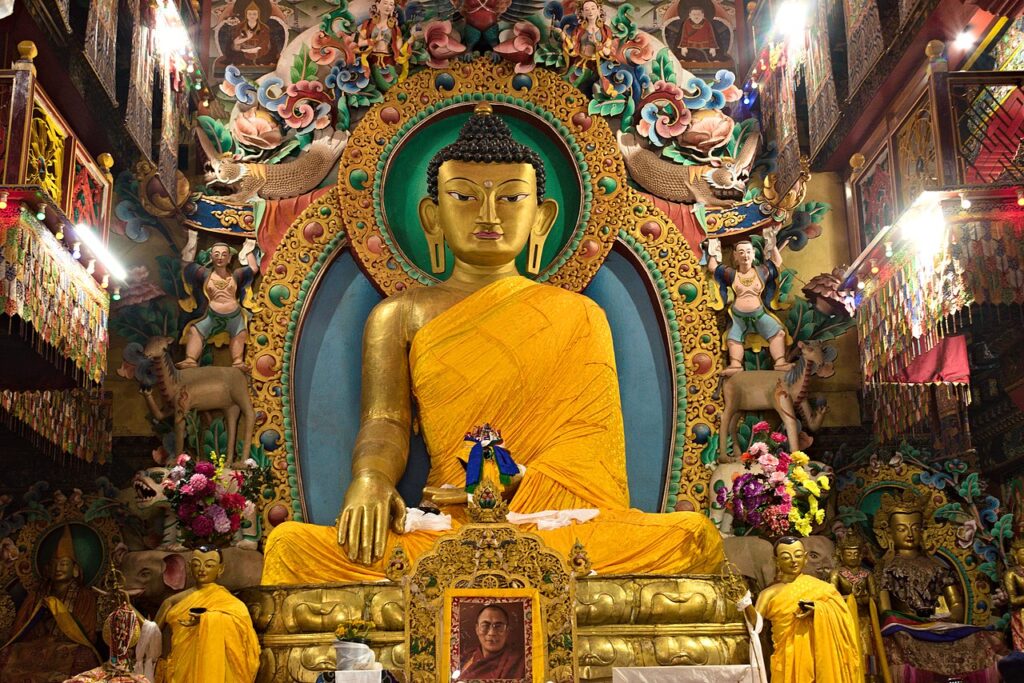
Tawang Monastery is the largest monastery in India and is located in the beautiful state of Arunachal Pradesh. The monastery is known for its intricate architecture and is a popular destination for Buddhist pilgrims.
Tabo Monastery, Himachal Pradesh
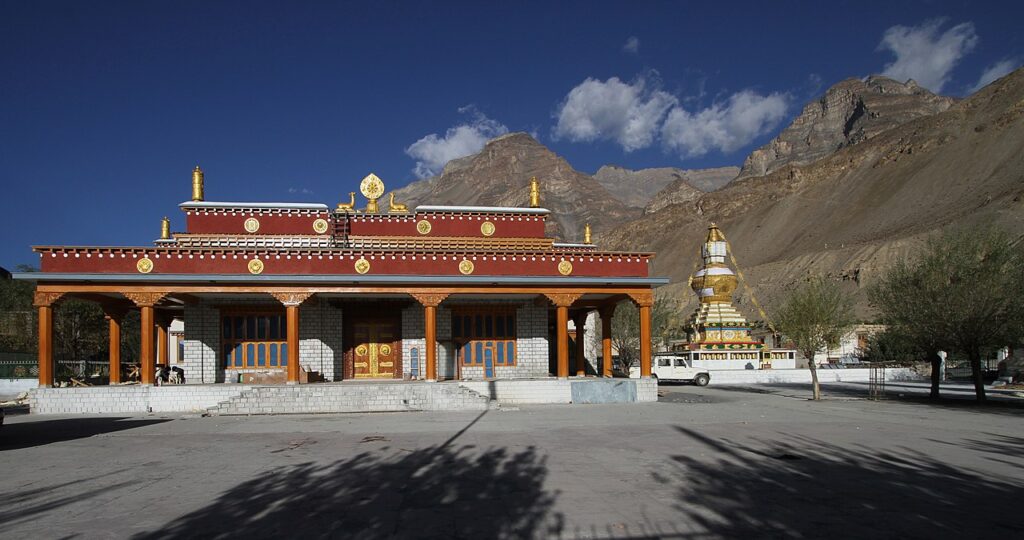
Tabo Monastery is one of the oldest Buddhist monasteries in India and is known for its stunning frescoes and murals. The monastery is also home to a large collection of ancient manuscripts and is a must-visit for anyone interested in Buddhist history.
Phuktal Monastery, Ladakh
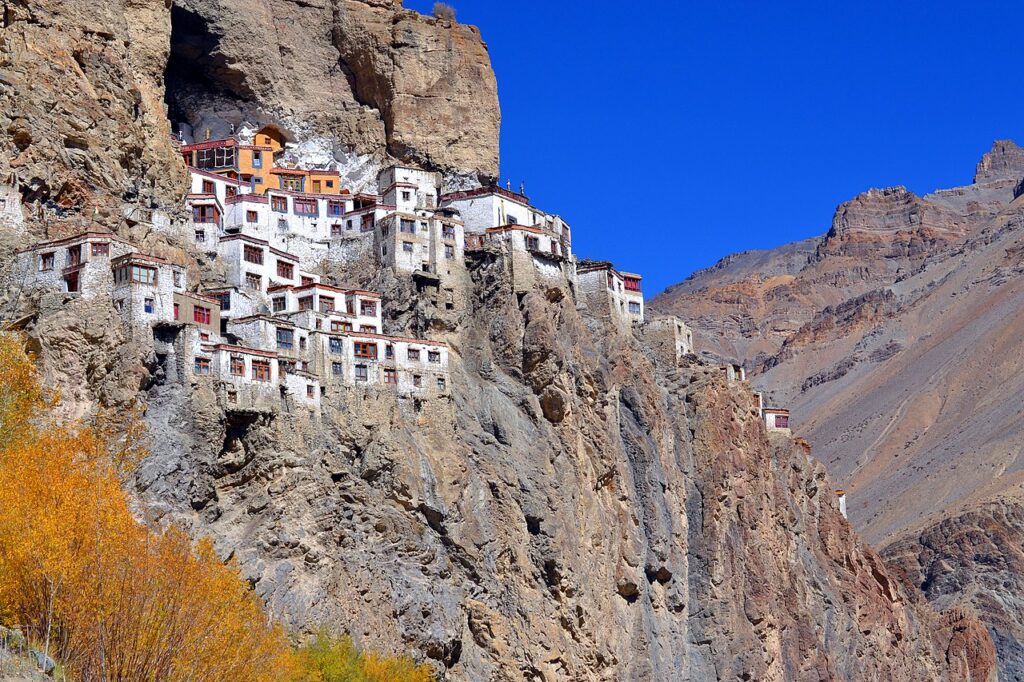
Phuktal Monastery is a remote monastery located in the Zanskar region of Ladakh. The monastery is built into a cliff face and offers stunning views of the surrounding landscape. It is a great place to experience the quiet and peaceful life of Buddhist monks.
Enchey Monastery, Sikkim
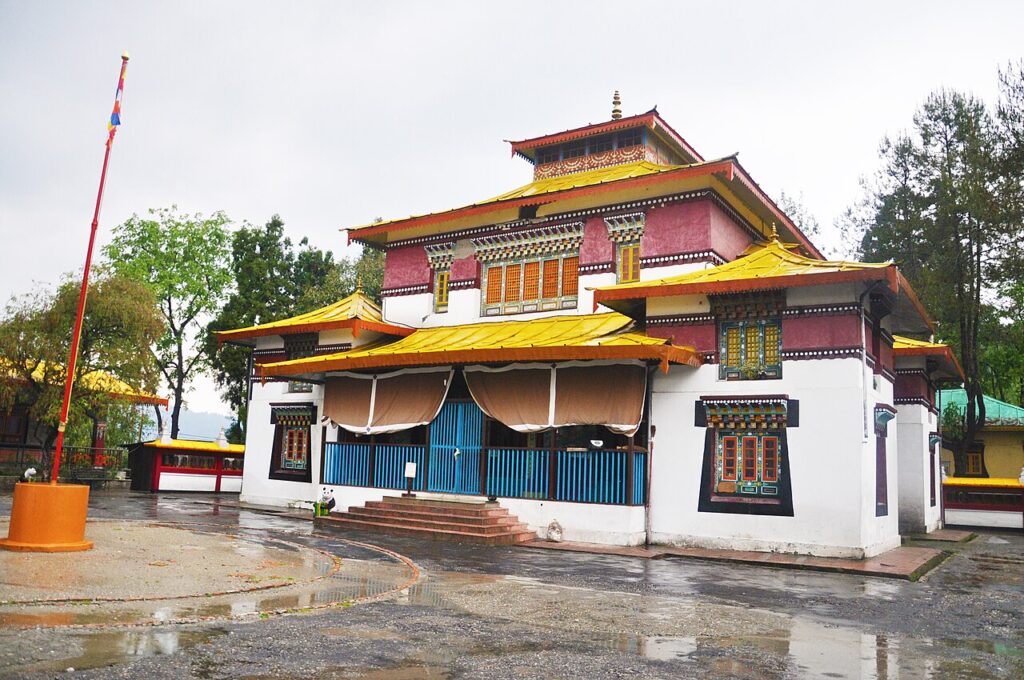
Enchey Monastery is located in the beautiful city of Gangtok in Sikkim. The monastery is known for its beautiful architecture and peaceful surroundings. Visitors can participate in the daily prayers and rituals and learn more about Buddhist culture and traditions.
Sarnath, Uttar Pradesh
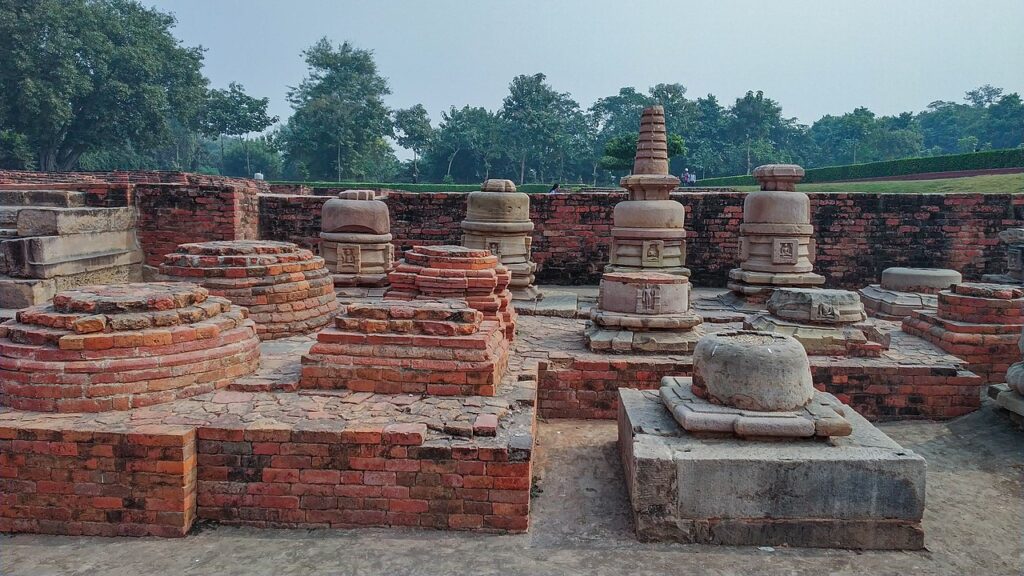
Sarnath is an important Buddhist pilgrimage site located near the city of Varanasi in Uttar Pradesh. It is believed to be the site where Buddha gave his first sermon and is home to several important Buddhist monasteries and temples.
Embarking on a journey to explore the top Buddhist monasteries in India is a truly enriching experience. These monasteries not only showcase the rich cultural heritage and religious significance of Buddhism but also offer a glimpse into the serene and peaceful world of Buddhist monks and their way of life. From the majestic Rumtek Monastery in Sikkim to the ancient Tabo Monastery in Himachal Pradesh, each monastery has its own unique charm and allure.
Cultural and Spiritual Significance of Buddhist Monasteries
Visiting these monasteries allows you to witness exquisite architecture, intricate artwork, and ancient manuscripts that provide valuable insights into the history and teachings of Buddhism. Moreover, the spiritual ambience of these monasteries creates a sense of tranquility and introspection, offering a respite from the chaos of everyday life.
Whether you’re a devoted Buddhist or simply curious about the religion, these monasteries offer a profound opportunity for personal growth and reflection. By immersing yourself in the rituals, prayers, and teachings, you can deepen your understanding of Buddhist philosophy and gain a newfound appreciation for the values of compassion, mindfulness, and inner peace.
As you embark on your pilgrimage to these Buddhist monasteries, take the time to connect with the local communities, interact with the monks, and participate in their daily routines. By doing so, you will not only expand your knowledge of Buddhism but also forge lasting memories and connections that will stay with you long after your visit.
India, with its rich Buddhist heritage, offers a remarkable tapestry of monasteries that truly embody the essence of this ancient religion. So, pack your bags, embrace the spiritual journey, and immerse yourself in the profound beauty and wisdom that these top Buddhist monasteries in India have to offer.
Frequently Asked Questions (FAQs)
A: Buddhist monasteries in India hold religious and cultural significance as they are associated with the life and teachings of Buddha. They serve as centers for Buddhist practice, study, and meditation, and often house important relics and artifacts.
A: Yes, most Buddhist monasteries in India are open to all visitors, regardless of their religious beliefs. However, it is important to respect the rules and guidelines of the monastery and maintain a respectful demeanor while visiting.
A: In many monasteries, visitors are welcome to participate in daily prayers and rituals, subject to the monastery’s rules. It’s advisable to inquire with the monastery authorities about the specific rituals and ceremonies open to visitors.
A: Some monasteries may have specific dress codes, such as covering shoulders and legs, and removing footwear before entering certain areas. It’s recommended to dress modestly and inquire about any specific dress guidelines before visiting.
A: Photography policies may vary among different monasteries. While some monasteries allow photography, others may have restrictions or designated areas where photography is not permitted. It’s best to inquire about the photography policy at each monastery.
FAQs
A: Many monasteries provide English-speaking guides who can offer insights into the history, art, and traditions of Buddhism. Guided tours can enhance the visitor’s understanding and appreciation of the monastery’s significance.
A: Some monasteries offer accommodation facilities for visitors, providing an opportunity to experience the daily life of Buddhist monks and immerse oneself in the monastery’s ambiance. It’s advisable to inquire in advance about the availability and requirements for overnight stays.
A: Most monasteries have specific visiting hours during the day when visitors are allowed. However, it’s recommended to check the opening hours of each monastery before planning a visit, as they may vary.
A: In general, there are no specific restrictions on entry for non-Buddhists or foreigners at Buddhist monasteries in India. Visitors of all backgrounds and nationalities are welcome to explore and learn about Buddhism.
A: Many monasteries have shops or stalls where visitors can purchase Buddhist artifacts, religious items, handicrafts, and souvenirs. These purchases often support the monastery and the local community.
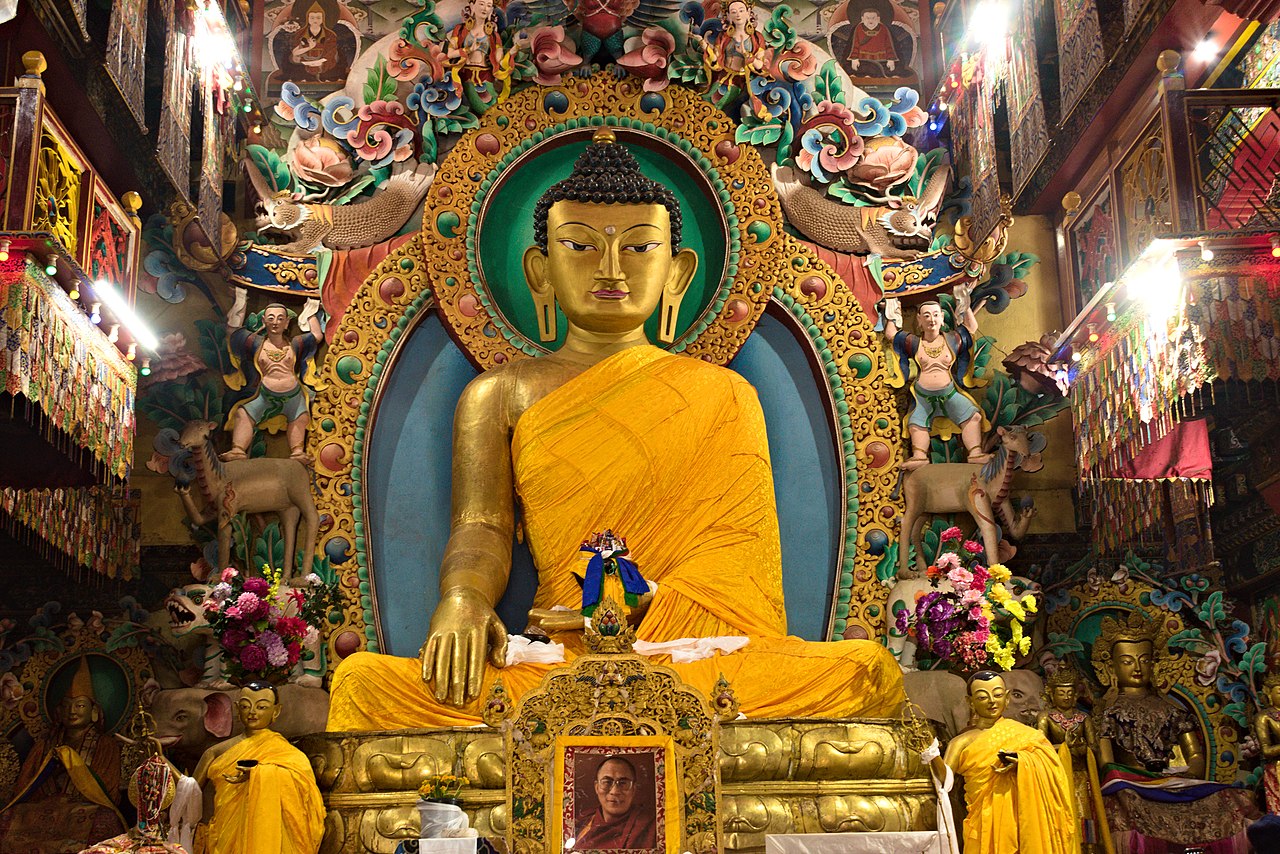
Leave a Reply